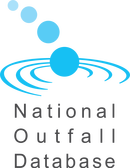|
Most Australian’s are born and breed by the sea. In fact, according to the Australia Bureau of Statics, about 85% of us lived within 50km of a coastline in 2001. With such a large proportion of the population living near the sea, and the abundance of wildlife that live in it, the importance to keep our beaches and oceans healthy is upmost. Most people do the right thing when visiting the beach. We pick up our rubbish, follow the rules about dogs and take an ‘only look, don’t touch’ approach when exploring rock pools. But there is an almost invisible problem that is entering our marine environments with the ability to pollute and create health risks for humans and aquatic biota alike, and it is able to do so via outfalls. Outfalls are the point at which stormwater and treated wastewater is discharged into our marine environments. These waters carry pollutants with the potential to have a detrimental effect on the health of Australian marine environments. This are sometimes termed micro pollutants, and cannot be seen by the naked eye. Examples include nitrogen, phosphorus, heavy metals and drugs, or Pharmaceuticals and Personal Care Products (PPCP’s). PPCP’s are a large range of chemical compounds that include soaps, lotions, cosmetics, and prescription and over-the-counter medicines. We use them every day to wash our hands, clean the bathroom, or when taking cold and flu medicine. They have also been found in the agricultural industry being used to promote the health of livestock. PPCP’s enter Australia's coastal environments from outfalls through its waste water systems, either from agricultural runoff or leachate from landfills, through excretion from the human body via sewage treatment, or from cleaning products going down the drain (WQA 2013). As there are so many different types of PPCP’s in so many different products, not all are eliminated from stormwater or wastewater via conventional wastewater treatment processes, which include using chlorine as a disinfectant, or treating stormwater through natural wetland systems. This is a concern as PPCP’s could be toxic substances in the environment (Péry et al. 2008). The presence of PPCP’s was first discovered in water supplies during the 1990’s, when it was realised that sewerage treatment plants (STP) weren’t designed to remove PPCP’s from wastewater before being discharged into the environment (Mishra 2016). Even with an advance in technology, it appears that there has been little improvement to remove PPCP’s from wastewater (Mishra 2016). The amount of PPCP’s being used and discharged into the environment is increasing with a growing population, resulting in a continuous release of potentially toxic products into the environment every day (Edele et al. 2017). There are several major concerns regarding the presence of PPCP’s in the environment, outlined below (Edele et al. 2017). Persistence: As mentioned above, wastewater treatment processes appear to be unable to remove PPCP’s before water is discharged into the environment or recycled. Coupled with the continuous use and disposal of PPCP’s, they have developed a persistent presence in marine environments as water is disposed via outfalls, potentially causing harm to humans and aquatic life. Bioaccumulation: Similar to mercury and other heavy metal substances, studies have shown that PPCP’s can have bio accumulative characteristics, meaning once they are ingested by fish or other marine life they cannot be excreted, and remain within the tissues of the animal. This has the potential to then build up through the food chain until the fish caught for human consumption has toxic levels of substances. Toxicity: Several studies have determined the toxicity of PPCP’s, particularly different pharmaceuticals, in the environment. In small doses these substances are able to target particular biological mechanisms within non-target organisms, disrupting processes like enzyme, metabolic and organ functions. Increasing concentrations of antibiotics present in aquatic environments has the potential to create antibiotic resistant strains in natural bacteria populations, giving rise to infectious diseases caused by pathogenic bacteria that cannot be treated with antibiotics, effecting treatment and prevention. Our ocean’s are precious to us and we need to look after them so marine habitats can survive. Creating awareness for the presence of outfalls and the harm that wastewater discharging from these areas can have is crucial to help maintain healthy coastal areas for humans and wildlife alike. By Lily Brown - Environmental Science Student Help to reduce outfall pollution TodayReferences: |
Details
Archives
June 2021
Categories
All
|
HoursM-F: 9am - 5pm
|
Telephone+61 492 917 573
|
|
Clean Ocean Foundation acknowledges the Traditional Owners of the land, and pay our respects to Elders past, present and emerging. We celebrate the stories, culture and traditions of Aboriginal and Torres Strait Islander Elders of all communities who also work and live on this land
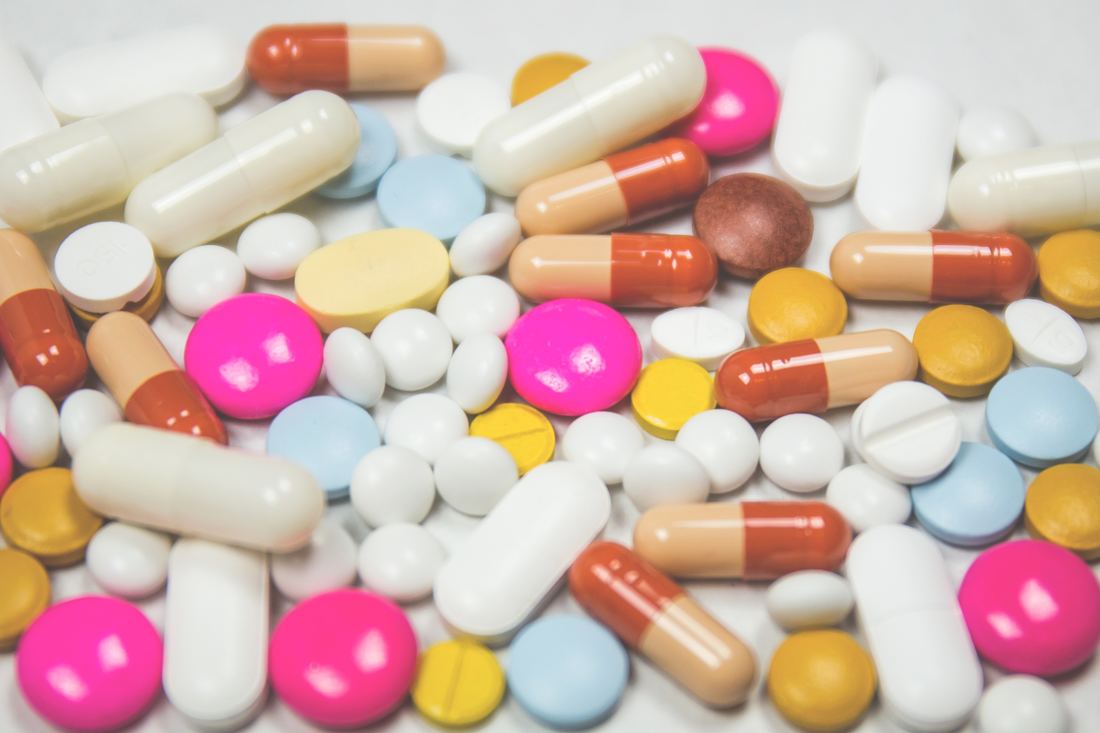
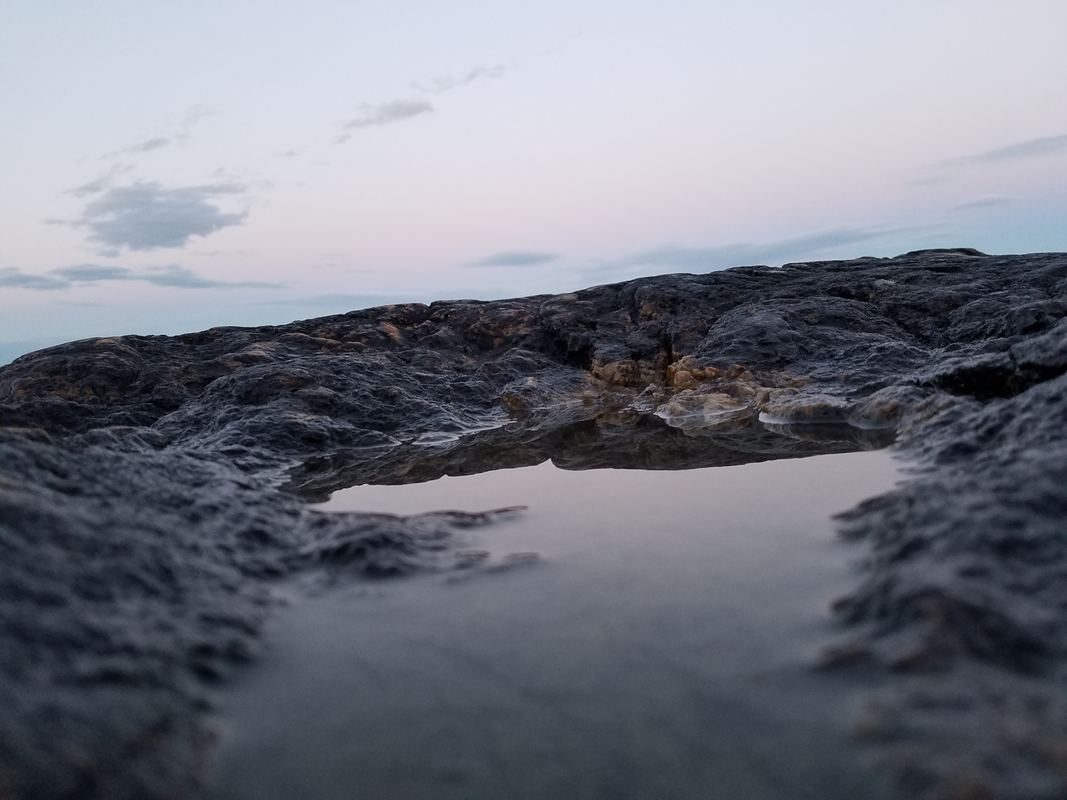
 RSS Feed
RSS Feed
